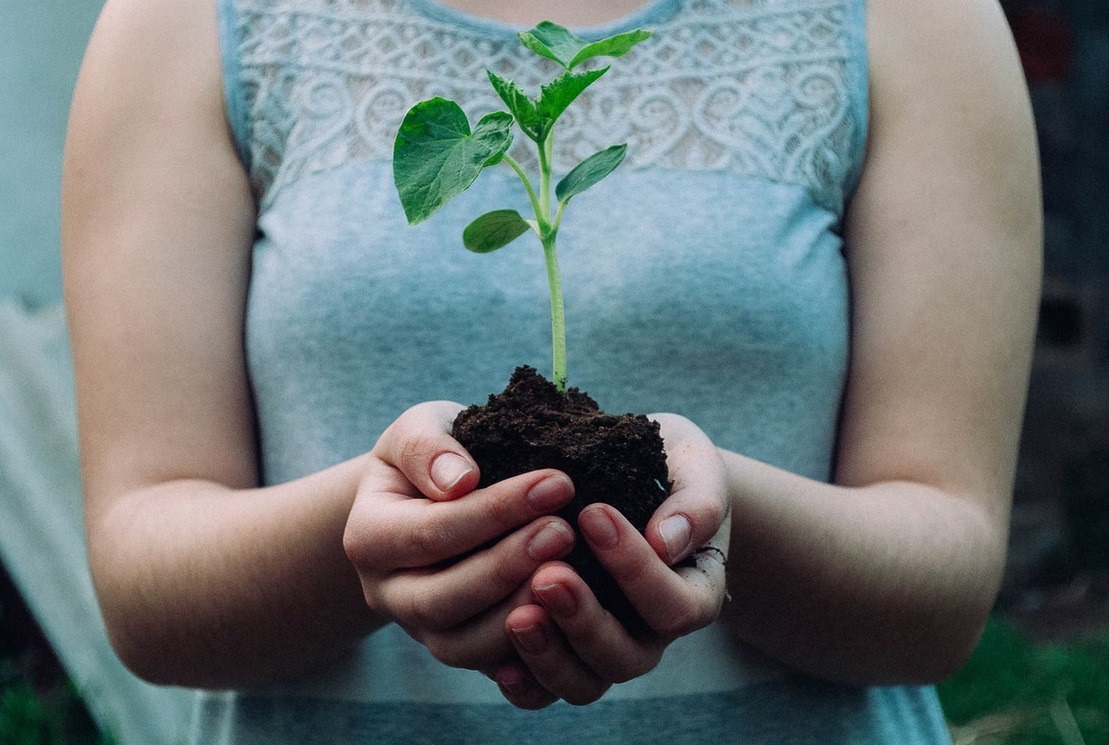While moving into a new home, homeowners think about buying new furniture, decoration pieces, and appliances. These items are no doubt necessary for your home but plan on buying new plants for your residence as well.
If your new home has a huge yard, you could easily add a variety of plant species to make it more attractive and livelier.
Homeowners could add several trees, given that weather conditions are suitable in the area for their growth. One cannot just pick random options when it comes to trees. Keep in mind the following tips before making a selection.
Remember, the right tree in the right place can make your outdoor space more inviting.
1) Make Sure Your Home Has Suitable Conditions for a Tree’s Growth
The most important thing to consider before buying plants are the surrounding conditions. If the weather conditions in your yard do not support a breed of trees or shrubs, don’t even think of buying them.
Always go with trees whose growing conditions match your home’s conditions. Some plants grow in cold weather. If you live in a place with low-temperature conditions, try planting these options.
According to experts at Garden Center Gainesville, VA, “There are critical elements that will make or break your garden and yards.” When someone doesn’t consider environmental conditions, their trees won’t survive for long.
Similarly, the soil type in your home also makes a huge difference. Some trees require loose soil, and some need sandy soil options. Homeowners should identify the soil type in their lawn before bringing home a tree or shrub.
2) Measure the Area Your Growing Tree or Shrub Will Take Up
Several homeowners make the mistake of not measuring the space their plants will take while growing. It creates problems later on as the tree or shrub might start covering the roof of a home or harm other plants. Therefore, measure the area and provide ample space for your tree to grow.
See if there is any fence or building near your plant. If so, measure how much space your plant could take and choose a spot accordingly.
Similarly, if power lines run through an area in your home, try not planting heighted trees in these spots. A heightened tree’s branches could entangle with the power lines, resulting in damage.
Homeowners should consider the surroundings before buying a tree or plant for their yard. People could choose trees with a narrow growth instead of those having a spreading crown in residential areas.
3) Select What Type of Tree or Shrub You Require
A crucial step in buying plants is to understand why you need them. Is it to provide shade in your yard or add to the natural beauty of the area? Once you have clarity, you can pick a better option.
Some people wish to find a plant that could provide shade for their patio or outdoor space. If so, pick a big tree with a large spread for maximum shade. However, choose smaller options, if you don’t wish to compromise space.
You could even pick an option for supporting wildlife like birds, depending on your needs.
4) Choose a Good Spot
The spot where you plan to plant a tree also matters. Instead of bringing a tree home and deciding its place, start by finding the perfect spot. If you have already chosen a point, you become well aware of how much space you can dedicate to your new plantation and buy something appropriate.
Don’t compromise on the safety of your tree and property when planting a tree or shrub. If you plant something too close to your roof or a wall, there is a risk of the tree falling on these structures, resulting in financial losses.
Choose a spot that is beneficial for you as well as your trees. For example, planting trees on the sides of your house could provide extra shade and reduce your electricity bills in hot months.
5) Invest in Quality Plants
Instead of buying poor-quality plants in bulk, prefer higher-quality options. These might cost more, but their survival chances are higher. Low-quality plants don’t grow much and are difficult to keep. Whereas, expensive trees and shrubs have higher chances of maturing.
Cheap plants don’t last more than a few weeks. In such circumstances, purchasing quality shrubs and trees is better. Just remember to pick something requiring low-maintenance.
6) Learn About Plant Healthcare Before Making a Purchase
Every tree has to be catered to differently. Some require constant watering, but many survive on very little water. If you are not careful while providing water, sunlight, and space to your plants, they won’t grow according to your expectations.
Don’t consider trees as a universal species. Some trees grow quickly, while others need extra nutrients. Therefore, learn about a tree or shrub before picking it for your garden. You could use a professional’s help or the internet to understand how much care your trees require.
The more careful you are about a tree’s needs, the lower the chances of them catching diseases.

